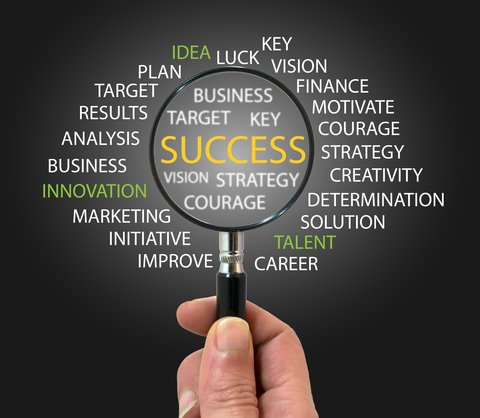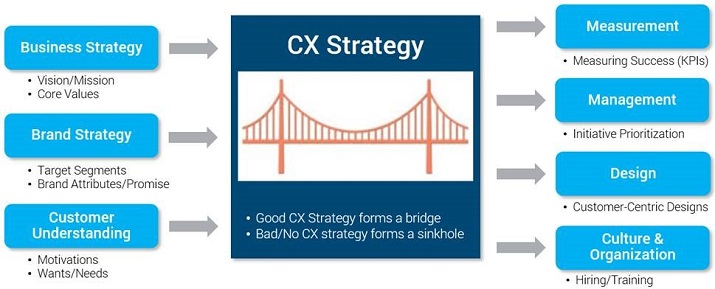Today, businesses across the board-from agile e-commerce companies to those in the traditional manufacturing industry are realizing the importance of delivering a memorable customer experience. This can be evidenced by the way companies have been increasingly using their social media accounts to respond to customer requests for product prices and even address customer queries and disputes. When there are millions of things requesting your attention all at the same time millions of songs, millions of films, millions of books, millions of platforms to buy products from-delivering an experience that will help you stand out and be found is non-negotiable.
So how do you define and measure something as intangible as customer experience? It isn’t easy because it’s subjective and depends entirely on something as unpredictable and random as human behaviour. But as long as you’re asking the right questions about your customer experience strategy, you’re moving in the right direction:
- Ease of access- Is your target customer easily able to access your product? How soon can your product be delivered to him/her?
- Personalisation-Are you offering an experience that is tailor-made to your customer’s needs and preferences?
- Guidance-Are you educating your customer to make the right choices and offering them continuous support along the way?
- Quick dispute resolution-A customer has had an unpleasant experience on your site or with your customer service. How soon can you address this and ensure that he/she returns to your site in the future?
Needless to say, the best way to win a returning customer is to offer them a differentiated experience that goes beyond the transaction. Emails and calls with sales pitches that push your products will definitely turn them off. Instead, educate them about your products and services and present them with information that leaves the choice open to them. Placing power back in the hands of your customer will earn you their loyalty and trust and that counts much more in the long run.
Consistency in Delivery
There’s no reason to think that delivering an extraordinary customer experience is seemingly impossible. Technology has acted as a great enabler for consistently raising the bar for customer experience. Constantly improving your website and mobile user-experience in order to make them more customer-friendly and responsive plays a crucial role in defining a great customer experience and thanks to technology, all this is possible with quick fixes today.
Consistently delivering a positive customer experience can yield dividends for the long run. Returning customers are much less likely to drop off and are likely to convert better. You may call it the pitfall of the ‘attention economy’ but customers are no longer as brand loyal as they used to be. A 2013 study by Dimensional Research revealed that 59per cent of customers said they’d leave for good after having a bad experience. More than half said they’d go to a direct competitor. So no matter how many crores you spend on TV and newspaper ads, strong word-of-mouth is more likely to act as a better endorsement of your product and perhaps, even rake in more customers.
Delivering a positive customer experience should not be the KRA of your customer service team alone. It should be at the forefront of your thinking in all spheres of your business. The best way to get a sense of what your customer needs is to have your ears to the ground i.e. listen to your customers and map the journey on your website/mobile app from their point of view. Think of ways you can improve the user journey by way of refinements in content and design if the customer is encountering hurdles during the user journey.
Staying in sync with the ever-changing needs and preferences of customers may seem like an endless process, but if you’re in it for the long run, constantly evolving your business to offer a more personalized and positive customer experience will help your business to sustain and scale. With tumultuous changes like digitisation that have marked the financial landscape in the last couple of years aided by changes in the regulatory framework, delivering an unparalleled customer experience is now more important than ever. Putting your customers first in every business decision will go a long way in building not just your customer base but also brand loyalty.
Customer Experience CXREFRESH CX Brand Loyalty Customer Service Customer Experience Strategy



